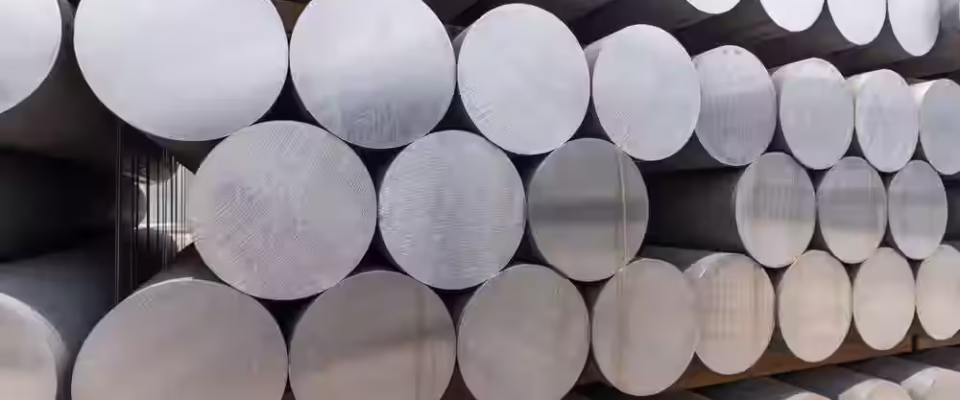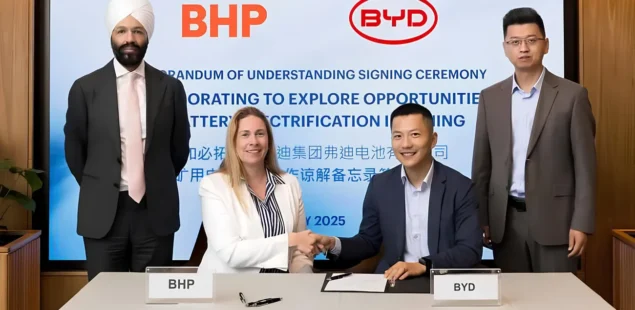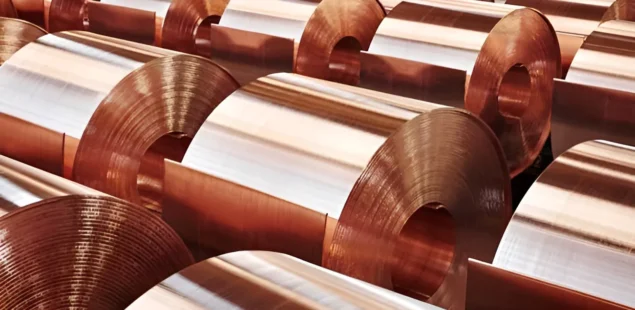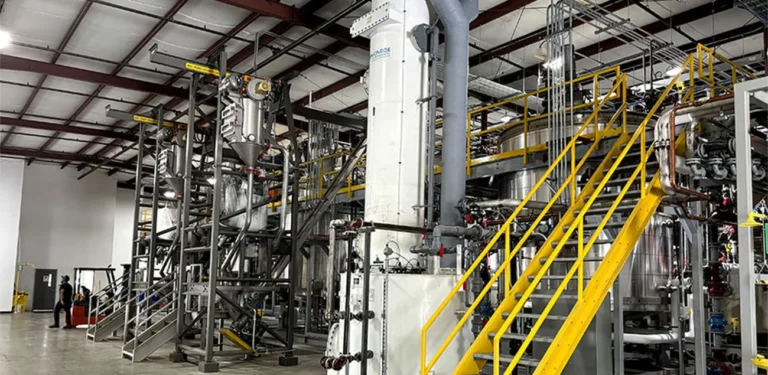
China Increases Primary Aluminium Output
China's primary aluminium production grew by 2.6% in the first two months of 2025, reaching 7.3 million tonnes, according to the National Bureau of Statistics. This rise is largely attributed to a decline in alumina prices, which improved smelter profitability. In early January, alumina contracts on the Shanghai Futures Exchange were priced around $658 per tonne, but by the end of February, they had fallen to $470.82.
At the same time, China’s imports of unprocessed aluminium and aluminium semi-finished products dropped by 24.3% year-on-year in January to 296,000 tonnes, according to the General Administration of Customs. This reduction reflects the country’s rising domestic output.
Bauxite imports increased by 23.3% to 1.62 million tonnes, in line with higher aluminium production. The data indicates China’s continued prioritisation of domestic aluminium production while sourcing raw materials internationally, without encouraging overseas smelting projects.
China remains the world’s largest producer and consumer of primary aluminium, which is vital for industries such as automotive, construction, aviation, and energy. In 2024, the country’s output rose by 3.9% to 43.1 million tonnes, despite capacity upgrades and shutdowns driven by higher alumina and energy costs. Alumina production also grew by 4.9% to 83.7 million tonnes in the same period.
Zinc Prices Climb Amid Supply Concerns
Zinc prices on the London Metal Exchange have remained above $2,900 per tonne for over a week, driven by concerns over supply disruptions. On March 12, Nyrstar announced a 25% production cut at its Hobart smelter in Australia due to unfavorable market conditions and increased processing costs. Hobart has an annual capacity of 260,000 tonnes.
Meanwhile, Glencore plans to streamline its zinc operations in Canada by integrating copper facilities to reduce costs. In 2024, Glencore’s zinc output fell 1% to 905,000 tonnes, contributing to a $1.6 billion loss following a $1.6 billion profit the previous year.
Analysts anticipate zinc prices could surpass $3,000 per tonne if supply tightens further. Although higher prices may suppress demand from sectors reliant on zinc, such as galvanised steel manufacturers, the seasonal rise in Chinese demand is expected to provide support.
The Philippines Targets Global Nickel Market Expansion
The Philippines is seeking to diversify its nickel exports, currently 98% dependent on China, by inviting Indian companies to purchase nickel for lithium-ion battery production. India is expanding its green energy and electric vehicle sectors and has increased cooperation with Australia to reduce reliance on Chinese rare earths.
According to the U.S. Geological Survey, the Philippines produced 330,000 tonnes of nickel (in pure metal terms) in 2024, second only to Indonesia's 2.2 million tonnes. Philippine nickel exports were valued at nearly $2 billion.
Indonesia’s proposal to raise mining taxes, which could reduce production, presents an opportunity for the Philippines. A new tax bill under public discussion proposes replacing the 10% royalty rate on nickel ores with a sliding scale of 14–19% based on government-set base prices. Ferronickel royalties may also increase from 2% to 5%.
If implemented, the new tax policy could impact major producers like Vale Indonesia, which has an annual output of 750,000 tonnes. The Philippines may benefit by expanding its market share if Indonesian production declines.
First Atlantic Nickel Explores Geological Hydrogen Potential
First Atlantic Nickel and the Colorado School of Mines have launched a research initiative to assess geological hydrogen potential at the Atlantis and Atlantic Nickel projects in Newfoundland, Canada. These sites lie within the St. Anthony and Pipestone ophiolite complexes, which are rich in serpentinised peridotites containing avaruite—a nickel-iron alloy considered a natural analogue of stainless steel.
The research will include geophysical surveys, hyperspectral imaging, gas and soil sampling, and petrographic analysis to develop a 3D model of hydrogen distribution. Hydrogen in these settings is believed to form through serpentinisation—when heated peridotites react with seawater, producing hydrogen and forming avaruite.
Extraction would rely on lithostatic pressure within ophiolite structures, making direct use feasible. Other global projects are exploring similar geological hydrogen sources, and their number is expected to grow.
Rusal Invests in Indian Alumina Refinery
Rusal has agreed to acquire a staged equity stake in India’s Pioneer Aluminium Industries from Pioneer and KCap Group. The refinery has a production capacity of 1.5 million tonnes per year. In the first phase, Rusal will purchase a 26% stake for $243.75 million, with future payments tied to capital and debt adjustments.
Rusal's interest in alumina sourcing has intensified due to past disruptions. Despite producing 6.4 million tonnes of alumina in 2024, the company continues to rely on international purchases at elevated prices.
In November 2024, Rusal announced a 250,000-tonne annual reduction in primary aluminium output due to rising alumina costs and broader economic pressures. Earlier, the company suspended operations at its Nikolaev alumina refinery in Ukraine and lost access to key Australian supplies, including Queensland Alumina.
To offset supply gaps, Rusal acquired a 30% stake in Hebei Wenfeng New Materials in China, which produces up to 4.8 million tonnes of alumina annually. The $267 million deal is intended to meet up to 80% of Rusal’s alumina needs.



